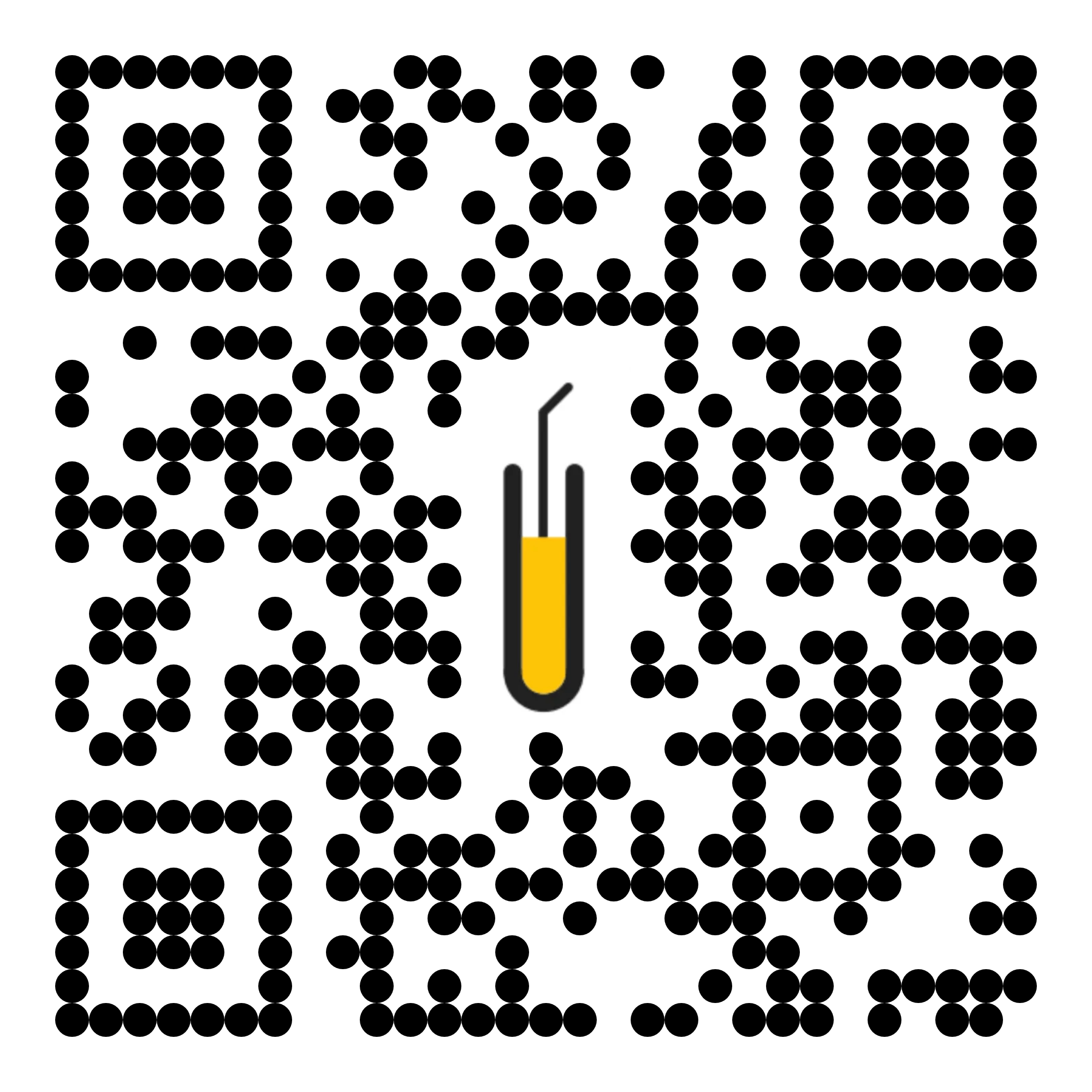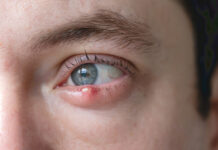Case scenario
Mrs Nguyen, a 68-year-old woman, consults you about over-the-counter treatments for light-headedness, particularly when getting out of bed. She denies a spinning sensation, nausea or hearing issues. Her symptoms began 2 weeks ago, shortly after starting perindopril for hypertension.
After reading this article, pharmacists should be able to:
Competency standards: 1.1, 1.4, 1.5, 2.2, 3.1, 3.5 Accreditation expiry: 31/07/2028 |
Already read the CPD in the journal? Scroll to the bottom to SUBMIT ANSWERS.
Introduction
Dizziness is a non-specific term patients use to describe various sensations that can be categorised into light-headedness, vertigo, imbalance, or the feeling of fainting.1 Vertigo, as a subtype of dizziness, is typically caused by an imbalance in the vestibular system,2 which includes inner ear balance organs responsible for spatial orientation and coordination.3
The most common causes of vertigo are vestibular neuritis and benign paroxysmal positional vertigo (BPPV), which can be triggered by changes in the head’s position, particularly when rolling over in bed or looking upward.2,4 Although less common, central causes of vertigo other than vestibular migraine exist and will be briefly discussed in this article.5 Dizziness or vertigo can be burdensome to the extent that it significantly impacts qu
THIS IS A CPD ARTICLE. YOU NEED TO BE A PSA MEMBER AND LOGGED IN TO READ MORE.
















